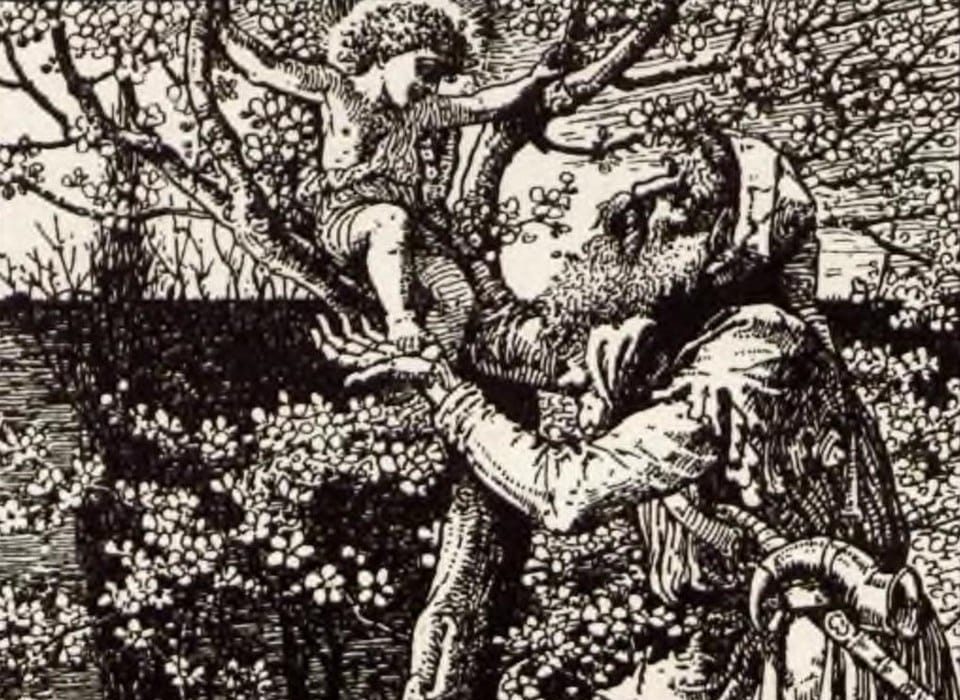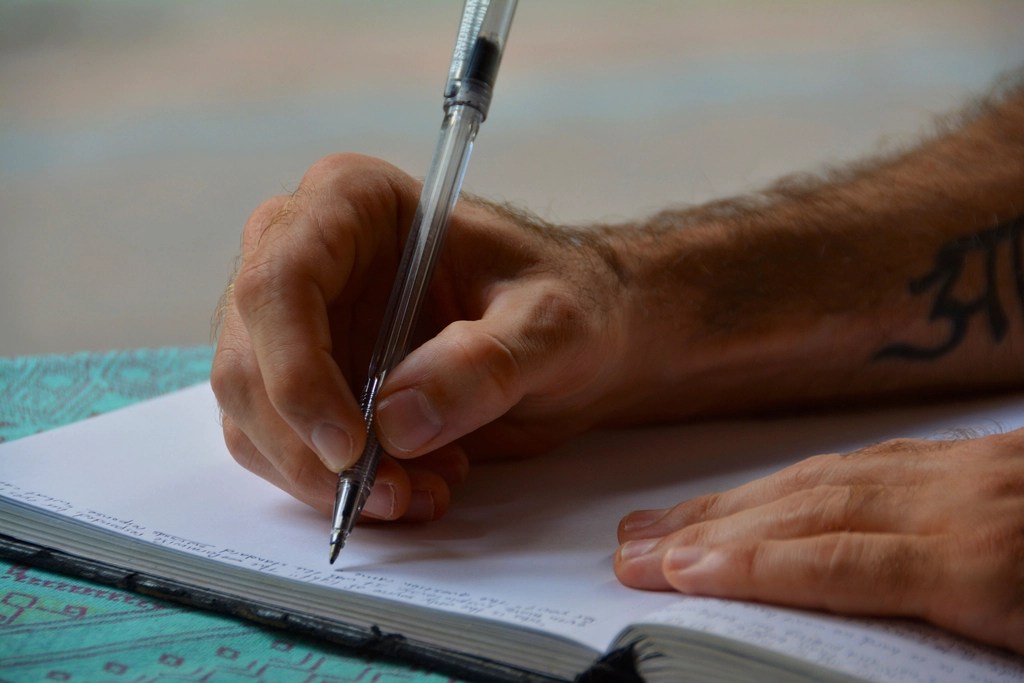Have you ever been watching a movie or reading a book and thought, what is the author trying to tell me? For instance, No Country for Old Men by Cormac McCarthy ends on a downer (book and film), but there is actually a rich story and extended metaphor to watch out for in both forms of the story. This is actually a form of symbolism, in which one thing stands for another. Thus, it’s important to focus on close reading techniques for symbolism.
Today, I thought it would be beneficial to explore symbolism in literature to better understand it and get some tips on how to look for it with more skill.
What is symbolism?
To put it simply, symbolism is anything that stands for or represents something else; in literature, this means something metaphorical or symbolic that represents something else. In other words, symbolism is when an “object or element incorporated into a narrative to represent another concept or concern …” which “offer critical, though often overlooked, information about events, characters, and the author’s primary concerns” (Purdue).
Likewise, we can look at symbolism as only having meaning derived in “certain contexts,” so that when two particular ideas are juxtaposed, a third value can be discerned. For example, Leofwine hates death, so therefore Leofwine is afraid to die. A man wearing a black robe comes to Leofwine’s door and knocks. Even though the man is merely a plague doctor visiting Leofwine in the 1300s, Larry sees him as Death incarnate.
“A more sophisticated way of approaching symbolism would be to say that things have symbolic qualities only in certain contexts–and sometimes they do not symbolize anything at all,” states Oregon State University’s School of Writing, Literature, and Film.
Examples:
The Merry Adventures of Robin Hood
- Robin Hood’s bow represents his skill and bravery and that he is a capable outlaw with the ability to strike from the distance.
- Sherwood Forest is a symbol for homelife and safety–both of which Robin Hood lacks in a more practical way.
Treasure Island
- The Hispaniola (the ship) symbolizes the safety of Captain Smollet, but also a mutinous crew and a need for departure.
- The treasure map symbolizes the unknown world that Jim Hawkins must explore. It also represents avarice and greed.
How to read for symbolism
In reality, close reading techniques for symbolism really comes down to just that: close reading. Close reading takes a keen eye, but it also takes time, because it asks you to comb over the text, interact, exchange ideas, and reread (not necessarily in that order).
The following tips come from Vanderbilt University, and are some exercises you can do to better close read a text:
- Selecting chunks of the text rather than the entire thing.
- Reread the passages you have selected multiple times.
- Look for patterns, themes, or references.
- Analyze the word choice and the author’s tone.
Works Cited
“How to do a Close Reading of Fiction.” Vanderbilt University. Web. https://www.vanderbilt.edu/writing/resources/handouts/close-read-fiction/
“What is symbolism?” Oregon State University. Web. https://liberalarts.oregonstate.edu/wlf/what-symbolism
“Literary Terms.” Purdue University. Web. https://owl.purdue.edu/owl/subject_specific_writing/writing_in_literature/literary_terms/index.html





Leave a comment